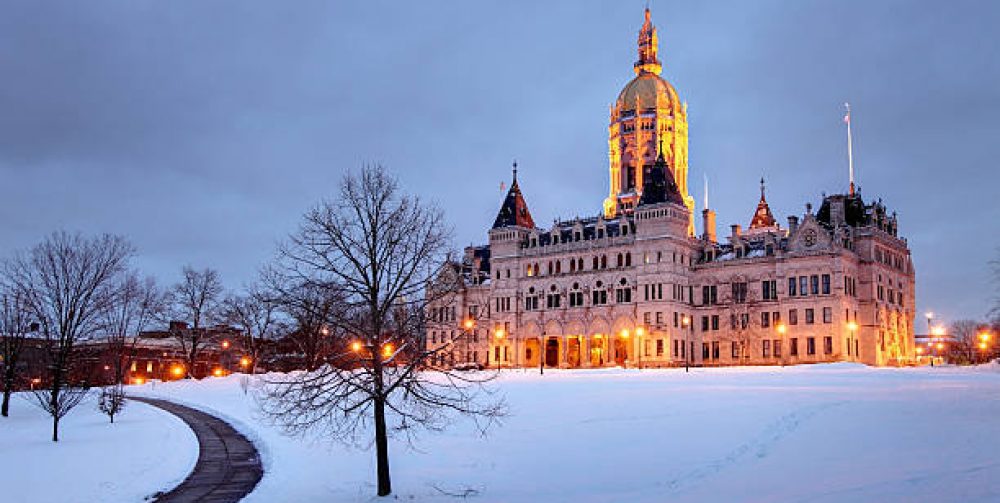We are mercurial and unpredictable as the New England Weather. We are cold as a cold bitter winter day to those who disagree with us. We are warm as a spring day to those less fortunate as myself. We are like a storm at times waiting to tear into someone with rage. But often we are like the sun rays after the storm with love, humor, kindness and a sense of adventure.
I’ve been a weather watcher most of my life. I recall happy times watching changing weather conditions, listening intently to the AM Radio for a potential powerful snowstorm and staying up all night watching the first snowflake to illuminate itself passing through the street light outside my bedroom window. Watching the western horizon in the summer as distant thunder seemed to be gathering the dark cumulus nimbus clouds with tones of black and dark gray.
My eye is always to the sky everyday using my sixth sense to formulate a forecast for my own being which usually brings a smile and a sense of satisfaction.
This post is dedicated to Salvatore Fusco Jr. a true weather enthusiast.

